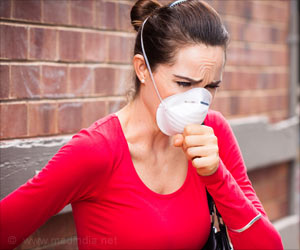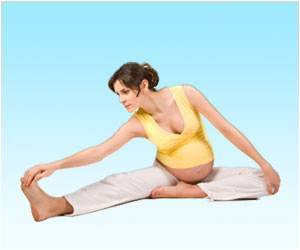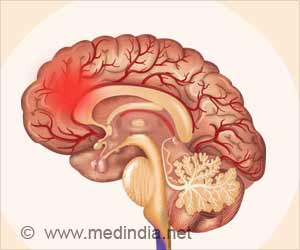The data they analyzed referred to some 11,500 athletes, including amateurs and high-performance professionals. The study was funded by FAPESP (projects 17/13552-2, 19/05616-6, 19/14819-8, and 20/04877-8). The results are reported in an article published in the
“We analyzed data from acute cases to appraise manifestations and severity, as well as persistent symptoms reported after the virus had been eliminated from the organism. This scope is more comprehensive than what has become generally known as long COVID,” said Bruno Gualano, a professor at the University of São Paulo’s Medical School (FM-USP) and principal investigator for the study. “The article offers a real compendium on the topic and can be used as a guide by professionals who provide healthcare for athletes.”
Advertisement
According to the article, 74% of the athletes had symptoms during the acute stage. The most common were loss of smell and/or taste (46.8%), fever or chills (38.6%), headache (38.3%), fatigue (37.5%), and cough (28%).
Only 1.3% progressed to the severe form of the disease. This is a similar proportion to the average for the total population, Gualano noted, adding that it is harder to compare the percentage of asymptomatic cases. “Many ordinary people are infected but have such mild symptoms that they simply aren’t reported as confirmed cases. Athletes have to be examined and assessed all the time, so mild cases are diagnosed more frequently,” he said.
The most innovative findings in the study, in his view, related to what happens after the acute stage: between 3.8% and 17% of the athletes concerned (8.3% for a 95% confidence interval) had persistent symptoms, including loss of taste and/or smell (30%), cough (16%), fatigue (9%), and chest pain (8%).
“We found that 3% developed exercise intolerance,” Gualano said. “This isn’t a serious or life-threatening disorder, but in the world of sport it can be a problem. For elite athletes, any difference in preparation can determine who wins medals because competition is fierce.”
Personalized Protocols
The protocols currently adopted by sports confederations typically authorize a return to activity only five or six days after the symptoms of COVID-19 disappear. In Gualano’s opinion, however, the study shows that not all athletes are fit to resume training after such a short period.
“Ideally, athletes should be carefully assessed, and if there are persistent symptoms, it may be necessary to ensure that training is light for a time, or even delay a resumption until all symptoms are resolved,” he said.
Although previous studies suggested COVID-19 heightens the risk of myocarditis (inflammation of the heart muscle due to infection) for athletes, this was not confirmed by the review. “In the studies that included a control group, we were unable to find a causal relationship between the infection and heart problems. Possibly the athletes already had myocarditis, and it was only discovered because imaging tests were performed when they were diagnosed with COVID-19,” Gualano said. “However, the lack of evidence doesn’t mean no such relationship exists. More research needs to be done on this matter.”
Other gaps in this knowledge area should be filled by future research, Gualano added. One is the impact of omicron and its sub-variants on athletes and sports players, given that most of the articles analyzed were produced before their emergence.
“A smaller number of athletes who come to us appear to have persistent symptoms, but we don’t know if this is due to the variant, to vaccination or to prior immunity. Nor do we know how well the vaccines in use protect people against the omicron sub-variants. We need to go on studying athletes in this new phase of the pandemic,” he said.
Source: Newswise



